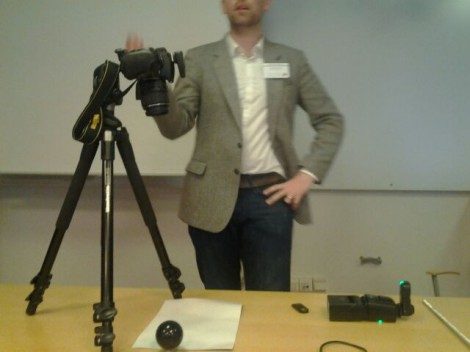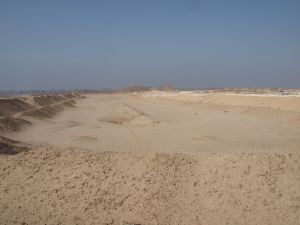Alasdair Whittle’s “Times of their Lives” project in Seville
I have just spent an intense but immensely rewarding few days with the Alasdair Whittle’s “Times of their Lives” project in Seville, Andalucia, where a new dating programme for the fantastic Copper Age site of Valencina de la Conception is starting to take shape. Valencina is a site I’ve been interested in for some time with my long term collaborator and friend Leo Garcia (Seville University) and it’s an exceptional site in many ways.
Continue reading →








